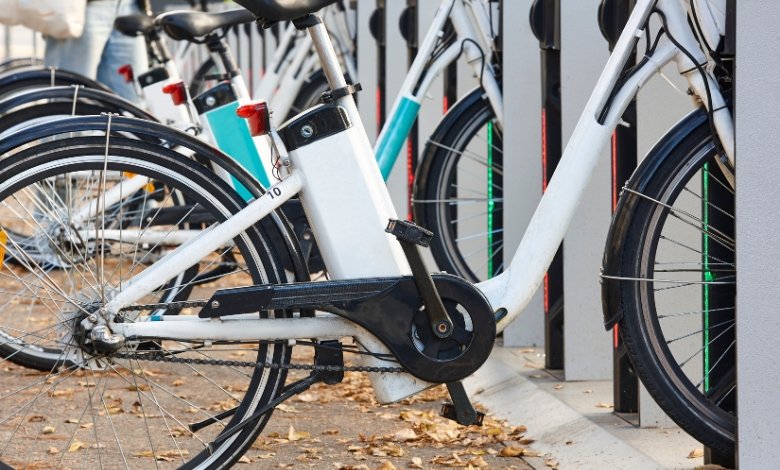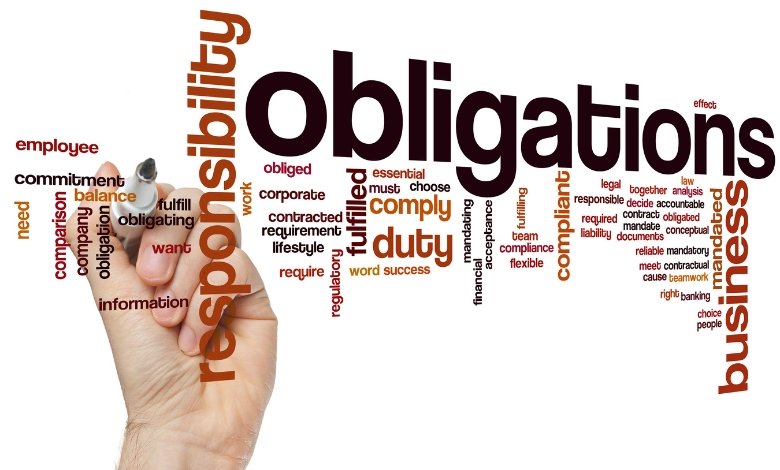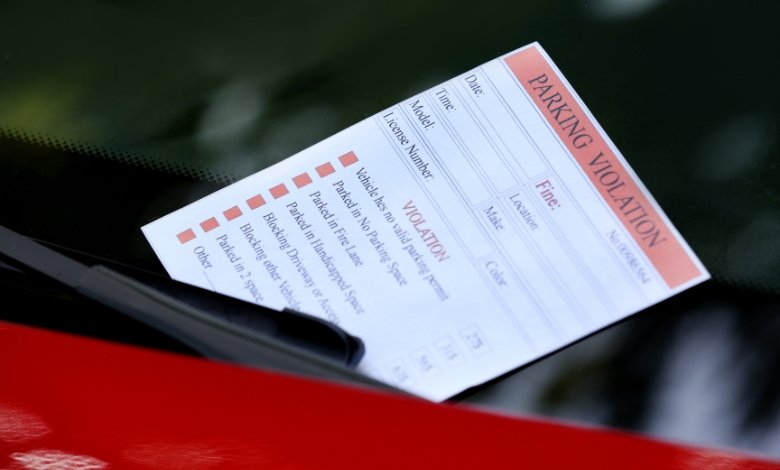Understand the various LGP EMTB laws and how they will affect your e-bike rights, legal requirements, penalties, and throttle regulations.
If you are anything like me, you have felt the thrill of riding an EMTB, the freedom associated with it. Whether it’s tearing down some rugged trail or just cruising through your neighborhood, an e-bike can offer a unique blend of adventure and convenience. But with great power-and speed-comes great responsibility, and in this case, a whole heap of laws you need to know about. Enter the LGP EMTB laws, which dictate where, when, and how you can ride your electric steed.
What we’re going to do here is delve into the world of LGP EMTB laws: what they mean for you and how they affect your rights on the bike. From the legal requirements of your e-bike to penalties for breaking those rules, and even some of the most common questions-are electric bikes with throttle illegal? Or are 1000w e-bikes legal in the UK?-buckle up, or should I say, helmet up, and let’s face this legal landscape together!
Table of Contents
What are LGP EMTB laws?
Let’s be basic first: LGP EMTB laws are the regulations of using an electric mountain bike under local, government, and public rules-hence, LGP. They may be very different depending on where you happen to reside, and everything is included in them, from how powerful your e-bike will be allowed to be to where you will be permitted to ride it.
Understanding Electric Mountain Bikes (EMTBs)
Before we get into the legalities, let’s start with a little understanding of what constitutes an electric mountain bike. For somebody entering this domain for the first time, one might imagine that all e-bikes are similar, but that would be a gross mistake. Electric mountain bikes fall into a category of their own and are designed for off-road use, with further features such as suspension forks and wide tires, combined with more powerful motors, which make them ideal to use on rough landscapes.
But it’s here that the legalities come in: in terms of power and speed capability of the motor. In your region, LGP EMTB laws can stipulate how much power your motor is allowed to put out, directly limiting your top speed. These laws attempt to balance safety with increased popularity by ensuring bikers, pedestrians, and other cyclists are able to share the space without incident.
Are Electric Bikes With Throttle Illegal?

Ah, the throttle debate — it’s one of the most frequently asked questions in the e-bike community. Many e-bikes come with a throttle that lets you propel the bike forward without pedaling, just like a scooter or moped. But are electric bikes with throttles illegal?
That depends where you are. In some regions governed by LGP EMTB laws, throttles are outright banned because they make the bike more like a motorized vehicle than a pedal-assist bike. For example, in the UK alone, only “pedal-assist” e-bikes are allowed-meaning that the motor can only assist you while you’re pedaling. If the motor of your bike can be run independently of the pedals, this gets too close to a motorbike, and yes, it’s illegal most anywhere in public.
Some countries or regions are more lenient, with their laws allowing throttles provided the bike stays below a certain threshold speed, normally around 20 mph/32 km/h. Check that throttle on a public trail to your local LGP EMTB laws so as not to get legal headaches.
Are 1000W E-Bikes Legal in the UK?
Which, of course, leads to yet another very important question: Are 1000W e-bikes legal in the UK? The simple answer would be a flat-out no. The more complicated version? Well, not exactly.
E-bikes fall in the UK under the terminology “Electrically Assisted Pedal Cycles” or EAPCs. For this reason, UK law requires a maximum power of 250 watts that allows the bike not to exceed a speed of more than 15.5 mph when using its motor. So, an e-bike at 1000W, which easily can maintain far higher speeds than that, does not fit within these regulations and therefore would be classed as illegal for use on public roads, cycle paths, and trails.
With a 1000W e-bike, you would still be in a legal position to ride an e-bike in the UK if you registered it as a motor vehicle: it would require a license, insurance, and road tax. Oh, and don’t forget the number plates and helmets, too! Again, this is where the line between an e-bike and a motorbike gets blurred, and the LGP EMTB laws ensure that distinction is well and clear.
Legal Obligations for LGP EMTBs

Now that we have done the basics, let’s get right into the meat of LGP EMTB laws. What do those laws require from you as a rider?
1. Limitations of Motor Power
As mentioned above, one of the most salient features of LGP EMTB laws is their motor power limit. Most states consider a maximum power of motors to be around 250 watts. This ensures that an e-bike will still fall into the category of a bicycle and not a motor vehicle. Surpassing this power limit, as in the case of 1000W e-bikes, can get you heavy fines or even the confiscation of your bike.
2. Speed Limits
Another very important regulation involves the speed limit. Most of the LGP EMTB laws cap the motor-assisted speed at 15.5 mph (25 km/h). You can certainly go faster than this, but you have to be under your own pedal power. If your e-bike happens to exceed this speed using purely a motor, it could possibly fall into the category of a motor vehicle, which comes with another set of legal requirements like licensing and insurance.
3. Pedal-Assist vs Throttle-Assist
As we have discussed earlier, the usage of throttles is somewhat of a gray area. In most regions, it is only “pedal-assist” LGP EMTB laws-meaning that the motor can only kick on when you are pedaling-which keeps e-bikes closer to traditional bicycles in their operation. Throttle-assist systems, where the bicycle can accelerate without any pedaling at all, might be banned or else heavily regulated.
4. Safety Equipment
Just like riding a regular bike, safety is paramount. LGP EMTB laws often require riders to wear helmets, especially on public roads or trails. Some regions may also mandate additional safety gear like reflective clothing or lights if you’re riding at night. And honestly, these rules are there for a reason — I’ve had a few close calls myself, and I can tell you, that helmet saved my bacon more than once!
LGP EMTB Trail Access Regulations
One of the most exciting parts of owning an EMTB is going on trails off-road. But before you start to get too amped about it, you need to know about any LGP EMTB trail access regulations for your area. Not all trails are open to e-bikes. In fact, violating these can often lead to pretty stern penalties.
Public Trails vs Private Land
The use of e-bikes is restricted on trails in most places. Most public trails ban e-bikes, especially nature-protected ones such as national parks or nature reservations; ebikes are banned due to environmental reasons so that the trails are safe as well for others using them. Privately owned lands will allow you more freedom as far as regulation via LGP EMTB laws is concerned.
Just for example, many national parks in the UK allow e-bikes only on certain trails, and if it has a throttle, or more than 250W of power, it may not be allowed on any trail. Those breaking these rules could get fined or even banned from the trails. On the other hand, many private parks open their gates to e-bikes and even have specific trails for e-bikes. Therefore, it’s always a good idea to check ahead before zipping off.
LGP EMTB Violation Penalties

Now, for the not-so-fun part: penalties. What if you break LGP EMTB laws?
1. Fines
Fines for breaking the laws of e-bikes can be huge in many regions. You may be liable to pay a whopping fine of up to £1,000 if found riding a 1000W e-bike running on a public road in the UK. In other instances, riding on restricted trails or without proper safety gear may be reason enough to give fines.
2. Confiscation of the Bicycle
More serious consequences: the police may take away your e-bike. It usually happens in those cases when you are caught riding unregistered high-powered e-bikes, which, taking into consideration their technical features, should be qualified as a motor vehicle.
3. License Points or Suspension
Check your local regulations, but some consider an e-bike a motor vehicle. Riding one without proper registration or insurance can lead to points on your license or even a suspension-especially in the case of major offenses like speeding or reckless riding.
Changes or Updates to LGP EMTB Laws
As e-bikes continue to rise in popularity, so too are LGP EMTB laws in flux. Governments are constantly reviewing and updating these regulations to keep pace with technological advancements and to ensure public safety.
For example, some states seek to relax throttle-assist e-bike restrictions while others are clamping down on power limits and trail access. It is important to note such moves as ignorance of the law is no protection from the fines.
For my part, I follow local cycling forums and government websites for any updates. It is a very small thing to do that helps you avoid a lot of hassles in the long run. Been there, done that!
FAQs
1. Where am I legally allowed to ride my EMTB under LGP laws?
Under LGP EMTB laws, riding locations vary by area. In most areas, e-bikes that meet local regulations regarding power and speed limits are able to go on public roads and cycle paths. Access may be limited to off-road trails or protected areas such as national parks, if the e-bike has a throttle or if it is over the power limit. Always check with local trail or park rules for where you can ride.
2. Does my EMTB require a license or insurance?
The reason you most often do not need any license, nor any particular insurance for an e-bike, under LGP EMTB laws, is because they are considered bikes-just like ordinary bicycles-with a motor power not in excess of 250W with a capped top speed of 15.5 mph (25km/h), as in the UK. Anything more in terms of capacity and top speed makes your e-bike a motor vehicle, which therefore requires registration, insurance, and a driving license.
3. What Protection Does One Need to Wear to Be Able to Ride an EMTB?
Although LGP EMTB laws vary from location to location, most states highly recommend, if not involve, the use of a helmet when riding such on public roads and/or trails. Localities may also require additional safety equipment, like lights and reflective gear, should the ride occur in the nighttime or other low-visibility times.
4. How are LGP EMTB laws enforced on trails?
Most trail enforcement of the LGP EMTB laws is carried out by way of local authorities or park rangers. Riding in prohibited areas, such as protected trails or parks that may restrict e-bikes, incurs fines, warnings, and possibly even a ban from the trails. Enforcement is rightfully more frequent in high-traffic or sensitive environmental areas to protect other trail users and the natural environment. Always check trail-specific rules before heading out with your e-bike.
Conclusion
Trying to learn about LGP EMTB laws can be an overwhelming challenge; however, that challenge is necessary if you are going to have any fun riding your e-bike responsibly. Everything from understanding whether electric bikes with throttle are illegal to finding the answer to are 1000W e-bikes legal in the UK, these regulations are made with safety in mind for all road and trail users.
Key take-away: Always be informed and ride within the bounds of the law. Your freedom and fun of riding an EMTB are well worth the effort of understanding the legal landscape. Just know, your e-bike can take you on some incredible adventures, just don’t let it take you to the courtroom. Happy riding!


